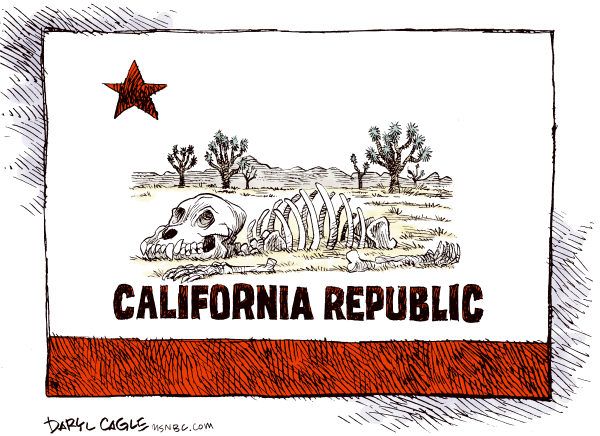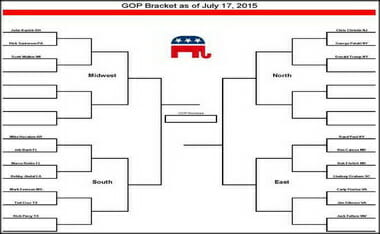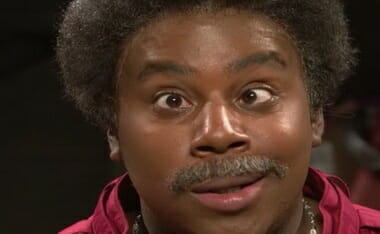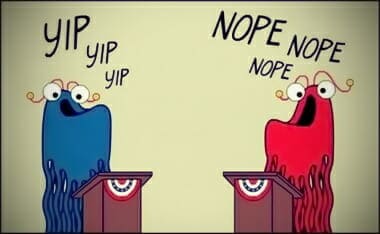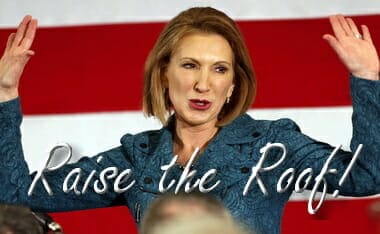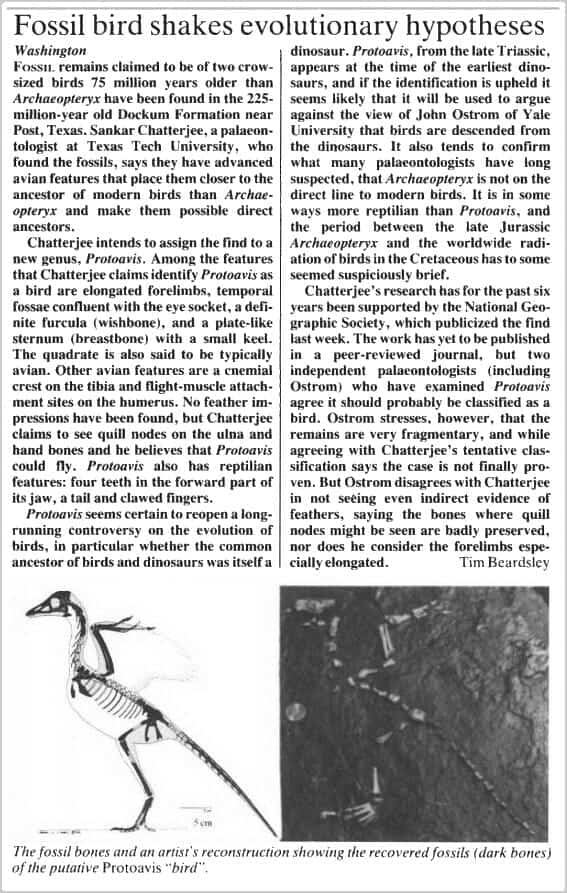In a recent study this idea of religion and happiness is brought to the forefront: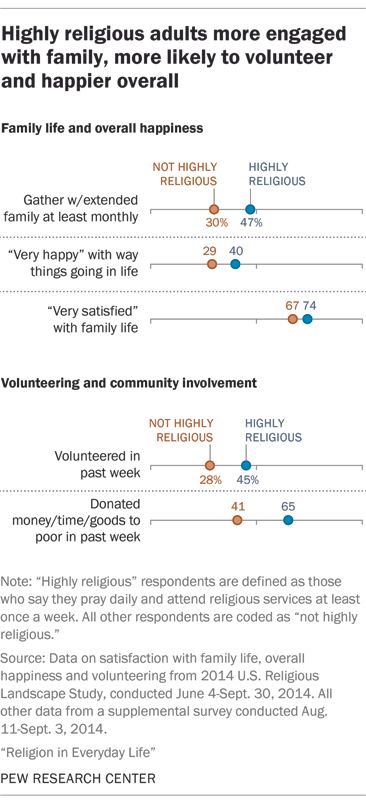
Highly religious people say they’re happier, too, survey finds
(RNS) Look around. Three in 10 people you see claim they are pretty satisfied with life, happy, healthy and moral, too.
They’re the “highly religious,” 30 percent of U.S. adults who say they pray daily and attend church at least once a week.
“Religion in Everyday Life,” a new survey from Pew Research released Tuesday (April 12), teases out the particular ways they differ from the majority of U.S. Christians who are less observant and from non-Christians, including the “nones” who claim no religious identity.
The highly religious are overwhelmingly (95 percent) Protestant, Catholic or other Christians. Nearly half (49 percent) are white evangelicals. Most of the overall group (62 percent) are women.
And many are smiling. Four in 10 highly religious people say they’re “very happy” with the way things are going in life, compared to 29 percent of those who are not highly religious.
But, “we don’t know why they are happier“ or more satisfied with their health, said Pew researcher Besheer Mohamed, a co-author of the report.
“We see the patterns but we don’t know what is causing what. Is it that regular churchgoers get something from the church practice and involvement or is it that a certain sort of person is more likely to go to worship more frequently?” he said.
Nearly three in four (74 percent) highly religious people say they’re “very satisfied with family life” compared to 67 percent of those who are not highly religious.
And 47 percent say they gather with extended family at least monthly (compared to 30 percent of those not highly religious)…
THE WASHINGTON POST notes that happiness is greatly increased by religion:
A new study suggests that joining a religious group could do more for someone’s “sustained happiness” than other forms of social participation, such as volunteering, playing sports or taking a class.
A study in the American Journal of Epidemiology by researchers at the London School of Economics and Erasmus University Medical Center in the Netherlands found that the secret to sustained happiness lies in participation in religion.
“The church appears to play a very important social role in keeping depression at bay and also as a coping mechanism during periods of illness in later life,” Mauricio Avendano, an epidemiologist at LSE and an author of the study, said in a statement. “It is not clear to us how much this is about religion per se, or whether it may be about the sense of belonging and not being socially isolated.”
Researchers looked at four areas: 1) volunteering or working with a charity; 2) taking educational courses; 3) participating in religious organizations; 4) participating in a political or community organization. Of the four, participating in a religious organization was the only social activity associated with sustained happiness, researchers found.
The study analyzed 9,000 Europeans who were older than 50. The report that studied older Europeans also found that joining political or community organizations lost their benefits over time. In fact, the short-term benefits from those social connections often lead to depressive symptoms later on, researchers say….
And we know the positive aspects of faith versus non-faith in the survival of the species/fittest:
Assuming the validity of the “underlying instinct to survive and reproduce” then, out of the two positions (belief and non-belief) available for us to choose from which would better apply to being the most fit if the fittest is “an individual… [that] reproduces more successfully…”?[1] The woman that believes in God is less likely to have abortions and more likely to have larger families than their secular counterparts.[2] Does that mean that natural selection will result in a greater number of believers than non-believers?[3]
[1] From my son’s 9th grade biology textbook: Susan Feldkamp, ex. ed., Modern Biology (Austin, TX: Holt, Rineheart, and Winston, 2002), 288; “…organisms that are better suited to their environment than others produce more offspring” American Heritage Science Dictionary, 1st ed. (Boston, MA: Houghton Mifflin, 2005), cf. natural selection, 422; “fitness (in evolution) The condition of an organism that is well adapted to its environment, as measured by its ability to reproduce itself” Oxford Dictionary of Biology, New Edition (New York, NY: Oxford University Press, 1996), cf. fitness, 202; “fitness In an evolutionary context, the ability of an organism to produce a large number of offspring that survive to reproduce themselves” Norah Rudin, Dictionary of Modern Biology (Hauppauge, NY: Barron’s Educational Series, 1997), cf. fitness, 146.
[2] Dinesh D’Souza points to this in his recent book, What’s So Great About Christianity:
Russia is one of the most atheist countries in the world, and abortions there outnumber live births by a ratio of two to one. Russia’s birth rate has fallen so low that the nation is now losing 700,000 people a year. Japan, perhaps the most secular country in Asia, is also on a kind of population diet: its 130 million people are expected to drop to around 100 million in the next few decades. Canada, Australia, and New Zealand find themselves in a similar predicament. Then there is Europe. The most secular continent on the globe is decadent in the quite literal sense that its population is rapidly shrinking. Birth rates are abysmally low in France, Italy, Spain, the Czech Republic, and Sweden. The nations of Western Europe today show some of the lowest birth rates ever recorded, and Eastern European birth rates are comparably low. Historians have noted that Europe is suffering the most sustained reduction in its population since the Black Death in the fourteenth century, when one in three Europeans succumbed to the plague. Lacking the strong religious identity that once characterized Christendom, atheist Europe seems to be a civilization on its way out. Nietzsche predicted that European decadence would produce a miserable “last man’ devoid of any purpose beyond making life comfortable and making provision for regular fornication. Well, Nietzsche’s “last man” is finally here, and his name is Sven. Eric Kaufmann has noted that in America, where high levels of immigration have helped to compensate for falling native birth rates, birth rates among religious people are almost twice as high as those among secular people. This trend has also been noticed in Europe.” What this means is that, by a kind of natural selection, the West is likely to evolve in a more religious direction. This tendency will likely accelerate if Western societies continue to import immigrants from more religious societies, whether they are Christian or Muslim. Thus we can expect even the most secular regions of the world, through the sheer logic of demography, to become less secular over time…. My conclusion is that it is not religion but atheism that requires a Darwinian explanation. Atheism is a bit like homosexuality: one is not sure where it fits into a doctrine of natural selection. Why would nature select people who mate with others of the same sex, a process with no reproductive advantage at all?
(17, 19.). Some other studies and articles of note: Mohit Joshi, “Religious women less likely to get abortions than secular women,” Top Health News, Health News United States (1-31-08), found at: http://www.topnews.in/health/religious-women-less-likely-get-abortions-secular-women-2844 (last accessed 8-13-09); Anthony Gottlieb, “Faith Equals Fertility,” Intelligent Life, a publication of the Economist magazine (winter 2008), found at: http://www.moreintelligentlife.com/story/faith-equals-fertility (last accessed 8-13-09); W. Bradford Wilcox, “Fertility, Faith, & the Future of the West: A conversation with Phillip Longman,” Christianity Today, Books & Culture: A Christian Review (5-01-2007), found at: http://www.christianitytoday.com/bc/2007/mayjun/4.28.html?start=1 (last accessed 8-13-2009); Pippa Norris and Ronald Inglehart, Sacred and Secular: Religion and Politics Worldwide (New York, NY: Cambridge University Press, 2004), 3-32, esp. 24-29 — I recommend this book for deep thinking on the issue.
[3] Adapted from a question by a student at a formal debate between Dr. Massimo Pigliucci and Dr. William Lane Craig during the Q&A portion of the debate. (DVD, Christian Apologetics, Biola University, apologetics@biola.edu, product # WLC-RFM14V).
Previously I have posted findings like these:
Social Scientists Agree:
- Religious Belief Reduces Crime Summary of the First Panel Discussion Panelists for this important discussion included social scientists Dr. John DiIulio, professor of politics and urban affairs at Princeton University; David Larson, M.D., President of the National Institute for Healthcare Research; Dr. Byron Johnson, Director of the Center for Crime and Justice Policy at Vanderbilt University; and Gary Walker, President of Public/Private Ventures. The panel focused on new research, confirming the positive effects that religiosity has on turning around the lives of youth at risk.
- Dr. Larson laid the foundation for the discussion by summarizing the findings of 400 studies on juvenile delinquency, conducted during the past two decades. He believes that although more research is needed, we can say without a doubt that religion makes a positive contribution.
- His conclusion: “The better we study religion, the more we find it makes a difference.” Previewing his own impressive research, Dr. Johnson agreed. He has concluded that church attendance reduces delinquency among boys even when controlling for a number of other factors including age, family structure, family size, and welfare status. His findings held equally valid for young men of all races and ethnicities.
- Gary Walker has spent 25 years designing, developing and evaluating many of the nation’s largest public and philanthropic initiatives for at-risk youth. His experience tells him that faith-based programs are vitally important for two reasons. First, government programs seldom have any lasting positive effect. While the government might be able to design [secular/non-God] programs that occupy time, these programs, in the long-term, rarely succeed in bringing about the behavioral changes needed to turn kids away from crime. Second, faith-based programs are rooted in building strong adult-youth relationships; and less concerned with training, schooling, and providing services, which don’t have the same direct impact on individual behavior. Successful mentoring, Walker added, requires a real commitment from the adults involved – and a willingness to be blunt. The message of effective mentors is simple. “You need to change your life, I’m here to help you do it, or you need to be put away, away from the community.” Government, and even secular philanthropic programs, can’t impart this kind of straight talk.
- Sixth through twelfth graders who attend religious services once a month or more are half as likely to engage in at-risk behaviors such as substance abuse, sexual excess, truancy, vandalism, drunk driving and other trouble with police. Search Institute, “The Faith Factor,” Source, Vol. 3, Feb. 1992, p.1.
- Churchgoers are more likely to aid their neighbors in need than are non-attendees. George Barna, What Americans Believe, Regal Books, 1991, p. 226.
- Three out of four Americans say that religious practice has strengthened family relationships. George Gallup, Jr. “Religion in America: Will the Vitality of Churches Be the Surprise of the Next Century,” The Public Perspective, The Roper Center, Oct./Nov. 1995.
- Church attendance lessens the probabilities of homicide and incarceration. Nadia M. Parson and James K. Mikawa: “Incarceration of African-American Men Raised in Black Christian Churches.” The Journal of Psychology, Vol. 125, 1990, pp.163-173.
- Religious practice lowers the rate of suicide. Joubert, Charles E., “Religious Nonaffiliation in Relation to Suicide, Murder, Rape and Illegitimacy,” Psychological Reports 75:1 part 1 (1994): 10 Jon W. Hoelter: “Religiosity, Fear of Death and Suicide Acceptibility.” Suicide and Life-Threatening Behavior, Vol. 9, 1979, pp.163-172.
- The presence of active churches, synagogues… reduces violent crime in neighborhoods. John J. Dilulio, Jr., “Building Spiritual Capital: How Religious Congregations Cut Crime and Enhance Community Well-Being,” RIAL Update, Spring 1996.
- People with religious faith are less likely to be school drop-outs, single parents, divorced, drug or alcohol abusers. Ronald J. Sider and Heidi Roland, “Correcting the Welfare Tragedy,” The Center for Public Justice, 1994.
- Church involvement is the single most important factor in enabling inner-city black males to escape the destructive cycle of the ghetto. Richard B. Freeman and Harry J. Holzer, eds., The Black Youth Employment Crisis, University of Chicago Press, 1986, p.354.
- Attending services at a church or other house of worship once a month or more makes a person more than twice as likely to stay married than a person who attends once a year or less. David B. Larson and Susan S. Larson, “Is Divorce Hazardous to Your Health?” Physician, June 1990. Improving Personal Well-Being
- Regular church attendance lessens the possibility of cardiovascular diseases, cirrhosis of the liver, emphysema and arteriosclerosis. George W. Comstock amd Kay B. Patridge:* “Church attendance and health.”* Journal of Chronic Disease, Vol. 25, 1972, pp. 665-672.
- Regular church attendance significantly reduces the probablility of high blood pressure.* David B. Larson, H. G. Koenig, B. H. Kaplan, R. S. Greenberg, E. Logue and H. A. Tyroler:* ” The Impact of religion on men’s blood pressure.”* Journal of Religion and Health, Vol. 28, 1989, pp.265-278.* W.T. Maramot:* “Diet, Hypertension and Stroke.” in* M. R. Turner (ed.) Nutrition and Health, Alan R. Liss, New York, 1982, p. 243.
- People who attend services at least once a week are much less likely to have high blood levels of interlukin-6, an immune system protein associated with many age-related diseases.* Harold Koenig and Harvey Cohen, The International Journal of Psychiatry and Medicine, October 1997.
- Regular practice of religion lessens depression and enhances self esteem. *Peter L. Bensen and Barnard P. Spilka:* “God-Image as a function of self-esteem and locus of control” in H. N. Maloney (ed.) Current Perspectives in the Psychology of Religion, Eedermans, Grand Rapids, 1977, pp. 209-224.* Carl Jung: “Psychotherapies on the Clergy” in Collected Works Vol. 2, 1969, pp.327-347.
- Church attendance is a primary factor in preventing substance abuse and repairing damage caused by substance abuse.* Edward M. Adalf and Reginald G. Smart:* “Drug Use and Religious Affiliation, Feelings and Behavior.” * British Journal of Addiction, Vol. 80, 1985, pp.163-171.* Jerald G. Bachman, Lloyd D. Johnson, and Patrick M. O’Malley:* “Explaining* the Recent Decline in Cocaine Use Among Young Adults:* Further Evidence That Perceived Risks and Disapproval Lead to Reduced Drug Use.”* Journal of Health and Social Behavior, Vol. 31,* 1990, pp. 173-184.* Deborah Hasin, Jean Endicott, * and Collins Lewis:* “Alcohol and Drug Abuse in Patients With Affective Syndromes.”* Comprehensive Psychiatry, Vol. 26, 1985, pp. 283-295. * The findings of this NIMH-supported study were replicated in the Bachmen et. al. study above.










